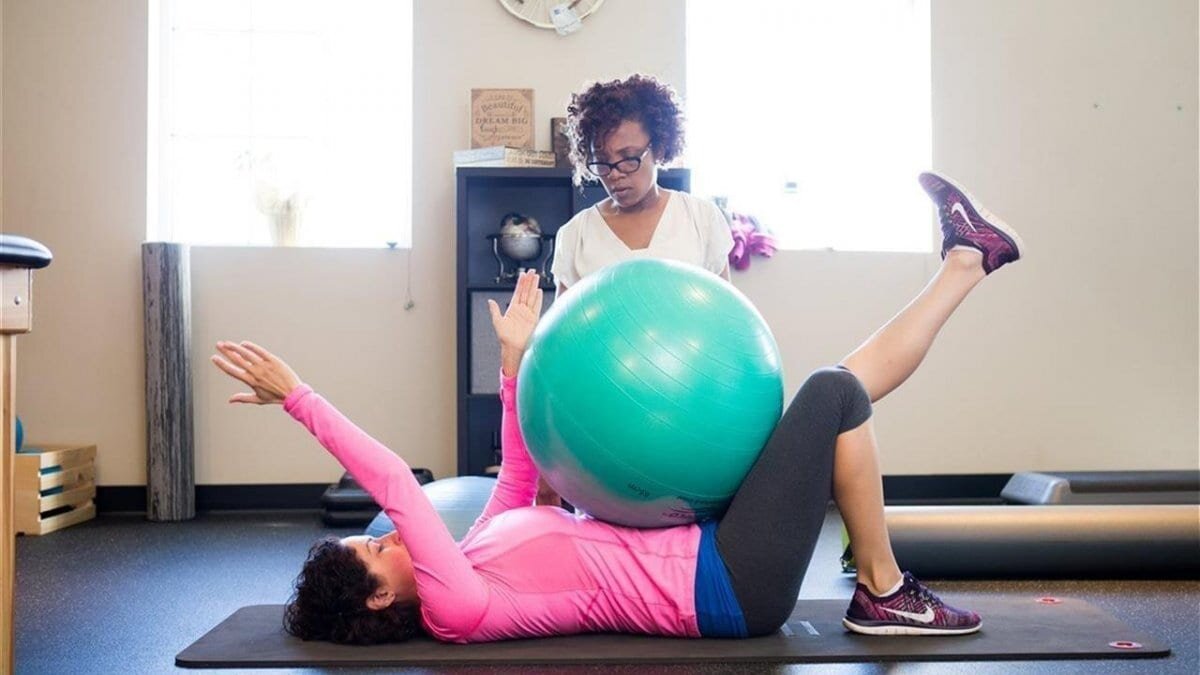Discectomy - Microdiscectomy
A discectomy (or diskectomy) is performed on the discs of the spine. The procedure removes the herniated portion of a vertebral disc. The vertebral discs are the spongy tissue between the vertebrae that function as shock absorbers for the spine.
At Aptiva Health, Dr. Michael Casnellie and Dr. David McConda perform microdiscectomies, which is a procedure that uses a special microscope to view the disc and nerves. Microdiscectomy and decompression is a type of minimally-invasive spine surgery that requires a sophisticated surgical microscope, specialized instruments, and microsurgical techniques. The goal of microdiscectomy or microdecompression is to decompress the nerve root(s) and spinal cord, relieve symptoms, and enable the patient to return to regular activities of daily living.
We offer same-week appointments by our highly trained spine and pain management teams to diagnose painful spine injuries and conditions where we can discuss your non-surgical and surgical treatment options, including discectomy and microdiscectomy.
Our Spine Team
Michael Casnellie, MD
Orthopedic Spine Surgery
Curriculum Vitae
David McConda, MD
Orthopedic Spine Surgery
Curriculum Vitae
Jaideep Chunduri, MD
Orthopedic Spine Surgeon
Curriculum Vitae
Steven Ganzel, DO
PM&R and Pain Management
David Koonce, DNP
Orthopedic D.N.P.
Michael Gilbert, PA-C
Orthopedic P.A.
Microdiscectomy Procedure
This surgery is performed utilizing general anesthesia and often takes place in an outpatient hospital setting or an ambulatory surgery center. After the patient is under general anesthesia, preoperative intravenous antibiotics are given. During the surgery, patients are positioned in the prone (lying on the stomach) position, generally using a special operating table with special padding and supports. The surgical region (low back area) is cleansed with a special cleaning solution. Sterile drapes are placed, and the surgical team wears sterile surgical attire such as gowns and gloves to maintain a bacteria-free environment.
A 1-2 centimeter longitudinal incision is made in the midline of the low back, directly over the area of the herniated disc. Special retractors and an operating microscope are used to allow the surgeon to visualize the region of the spine, with minimal or no cutting of the adjacent muscles and soft-tissues. After the retractor is in place, an c-arm fluoroscopy system is used to confirm that the appropriate disc is identified.
A few millimeters of bone of the superior lamina may be removed to fully visualize the disc herniation. The nerve root and neurologic structures are protected and carefully retracted, so that the herniated disc can be removed. Small dental-type instruments and biting/grasping instruments (such as a pituitary rongeur) are used to remove the protruding disc material. All surrounding areas in the spine are also viewed to ensure no additional disc fragments remain.
The surgical site is then washed out with sterile water containing antibiotics. The deep fascial layer and subcutaneous layers are closed with strong sutures. The skin is then closed utilizing sutures or special surgical glue, leaving a minimal scaring.
Typically, this surgery is performed in about an hour.
Recovery & Post-Operative Rehabilitation
Most patients are able to go home the same day of surgery. Only in a few instances are patients kept overnight or inpatient. Before going home, the patient will be given post-operative instructions and introduced to early rehabilitation instructions from our physical therapy team. Patients are advised to avoid bending at the waist, lifting more than five pounds, and twisting for the first two to four weeks after surgery. Patients should also avoid sitting in the same position for more than an hour, without stretching, in the first few weeks after surgery. It is also common for a patient to receive a back brace post operatively.
You will be scheduled with a follow-up appointment within the first two weeks following surgery to check the incision site and to begin post-operative physical therapy. Most patients progress well after surgery and are able to complete post-operative rehabilitation within a eight to twelve week course.










